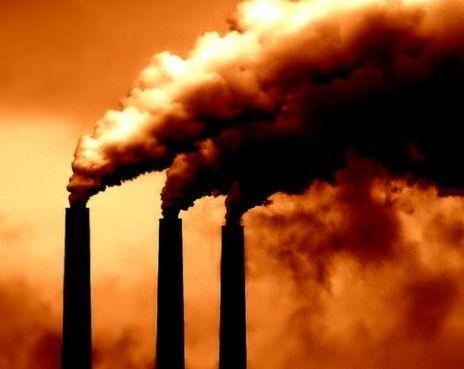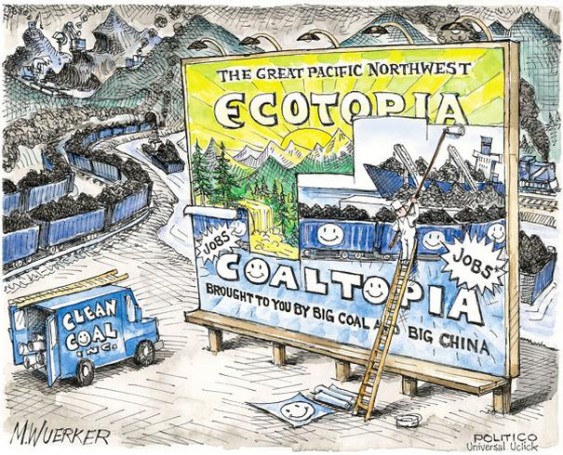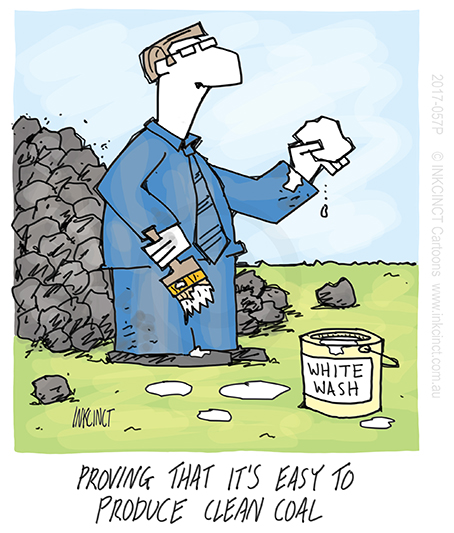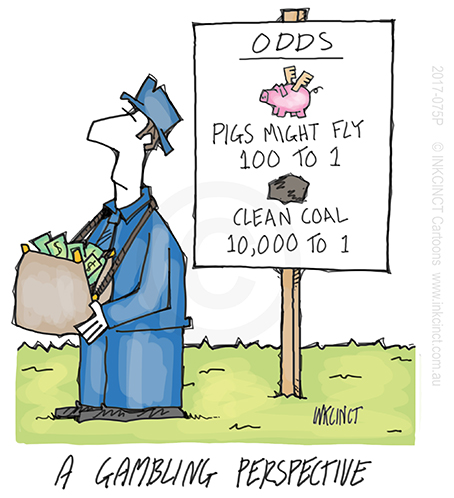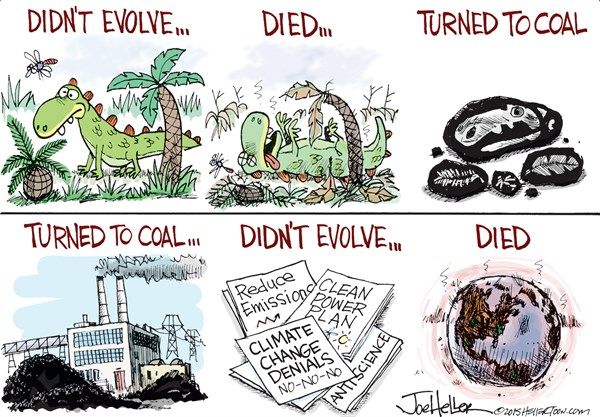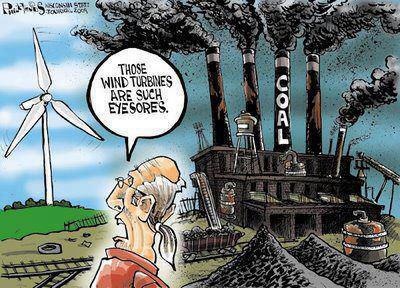|
INTRODUCTION :
Near the
bottom of the home page of this site, there is a simple
calculation that shows that the heat-generating 'potential'
of the 2-billion-plus gasoline-and-diesel-burning
internal combustion engines (ICE's) on planet Earth is roughly
the equivalent of about 2 billion times 300 horses =
600 BILLION horses.
So, in the past 120 years or so (about 1900 to 2020),
humans have effectively added about HALF A TRILLION
potentially-heat-generating horses to planet Earth --- almost 100 times
more 'horse-equivalents' than the 7 billion humans on Earth
(100 for every human) --- and about 10,000 times more than the
60 million actual horses in the world.
(Luckily, nowhere near all of those 'horse-equivalents' are
working 24 hours a day, every day.)
That bottom section of the home page also points out that
--- in addition to internal combustion engines --- which
burn LIQUID petroleum fuels --- generating
enormous amounts of heat into the atmosphere ---
there are millions of industrial and
residential NATURAL-GAS ovens, kilns, furnaces, heaters,
smelters, foundries, gas turbines for electricity
generation, etc. --- running 24/7 --- or 3/7 ---
or 16/5 --- or thereabout.
Those millions of furnaces-ovens-kilns-etc are generating
(every day) billions of 'hot horse equivalents' of heat
by the consumption of the world's natural gas.
(By 'hot-horse-equivalent' is meant the heat generated by a
hard-working, untiring horse --- all day, every day ---
without the horse-poop. In other words, a 'super horse'.)
Besides LIQUID-petroleum fuels and Natural GAS, there is a third
major category of HEAT-GENERATION --- from SOLID fossil fuel (coal).
Fossil fuels can be categorized into THREE major types:
Here is a
link to a page on this site which provides a
calculation of the approximately 8 BILLION 'hot-super-horse-equivalents'
generated by the burning of Petroleum LIQUIDS, all over planet Earth.
Here is a
link to a page on this site which provides a
calculation of the approximately 6 BILLION 'hot-super-horse-equivalents'
generated by the burning of Natural GAS, all over planet Earth.
Here is a
link to a page on this site which provides a
calculation of the approximately 10 BILLION 'hot-super-horse-equivalents'
generated by the burning of COAL, all over planet Earth.

The intent of this page is to provide a simple arithmetic
calculation (using only multiplication and division of a
few quantities) to convert the world consumption of COAL
(on the order of
terawatts --- that is, trillions of watts)
to 'Room Space Heater Equivalents' --- where the
typical room-space-heater is rated at about 1500 watts
(1.5 kilowatts).
We can provide a more precise definition of 'hot super horse equivalent'
than the rather-vague 'hard-working-horse' description above.
A 'hot super horse equivalent' is the heat energy being generated constantly
at the same energy generation rate as a horse lifting
550 pounds one foot in each second, every second of every day.
This is based on the definition of a unit of
'horsepower'.
In other words, a 'hot super horse equivalent' is the constant
heat generation from a hard-working 'super horse' that
never gets tired and works 24 hours a day, day after day ---
lifting a 550 pound weight at a rate of one foot each second.
HOWEVER, it still may be difficult to 'grasp' the heat generated
by a 'super horse'.
So this page is meant to put the heat geneated by the
COAL USAGE on Earth into an alternate unit of measure ---
namely, 'room-space-heater-equivalents' --- instead of
'super-horse-equivalents'.
Note that
power is a measure of the amount of energy created or
expended per unit of time.
Also note that
'watts' are a unit-of-measure of power.
And
'kilowatt-hours' are a unit-of-measure of energy
--- typically used by electric utility companies.
THE CALCULATION :
There are several ways that the annual world-wide consumption
of COAL could be converted to 'room-space-heater-equivalents'
--- using various units of measure and various conversion factors.
First of all, we note that the typical POWER rating of a
room space heater is about 1500 watts (1.5 kilowatts).
Then we could use the annual world-wide consumption
of COAL --- in TONS, say.
We could convert those tons into ENERGY units (kilowatt-hours).
We could divide those kilowatt-hours by the number of hours
in a year to get the POWER (rate of energy
consumption & generation) in the coal being used
world-wide at any moment in recent time.
Then dividing that figure by 1500 watts (the max-power rating
of the typical space heater) would give us the
world's coal heat-generation rate in 'room-space-heater-equivalents'.
Here are details of calculation steps using that method:
-
Find the annual consumption of coal --- in tons, say.
For example, at
worldometers.info one can find that in 2016,
global consumption of coal was 8.561 BILLION tons.
(A graph there shows that world coal consumption has approximately
doubled in the 36 years between 1980 and 2016.)
-
Find a conversion factor for the energy in a TON of COAL to
energy units of KILOWATT-HOURS.
For example,
kylesconverter.com shows that 1 ton of COAL is equal to
8,141 kilowatt-hours.
-
There are about 365 x 24 = 8,760 hours in a year.
-
We can divide the annual consumption of coal --- 8,561 million tons
--- by 8,760 hours to get a consumption rate of 0.977 million
tons per hour (almost a million tons per hour).
-
We can multiply
0.977 MILLION tons per hour
by the conversion factor
8,141 kilowatt-hours per ton
to give
7,954 MILLION = 7.954 BILLION kilowatts
of POWER (rate of ENERGY usage)
being consumed & generated world-wide by burning of coal
A units-of-measure check:
tons / hour times kilowatt-hours / ton
gives
kilowatts
because the tons and hours units cancel leaving kilowatts.
-
We divide 1.5 Kilowatts into 7.954 BILLION kilowatts to get
5.30 BILLION 'room-space-heater-equivalents'
of heat-generation in the current (circa 2020) burning of
coal all over precious planet Earth.

The bottom-line :
Due to annual world-wide consumption of COAL, humans have
added the equivalent of about 10 BILLION heat-generating,
24-hours-a-day, non-tiring, hard-working 'super horses' to the planet
--- about 167 times more than the
60 million actual horses in the world.
OR --- viewed in different (non-horse) units-of-measure ---
due to annual world-wide consumption of COAL, humans have
added the equivalent of about 5.3 BILLION room-space-heaters
--- running 'full-blast' 24-hours-a-day --- to the planet.
NOTE:
Since 10 billion 'super-horses' equal 5.3 billion 'room-space-heaters',
this implies that one 'super-horse' is equal to 0.53 'room-space-heaters'.
So a 'hot super horse' is roughly equal to half a 'room-space-heater'.
This 10 billion 'coal-horses' --- or 5.3 billion room-space-heaters
--- is in addition to the 7 billion-plus humans --- with their NATURAL-GAS-burning
furnaces-ovens-kilns-etc which add
another 6 BILLION 'hot-super-horse-equivalents' to planet Earth ---
and their machines burning Petroleum LIQUIDS, all over planet Earth,
which add
another 8 BILLION 'hot-super-horse-equivalents' to planet Earth.
Here is a condensation of what was mentioned at the bottom of the home page of this site
--- using our world natural-gas-AND-coal-AND-petro-liquids consumption figures,
in 'super-horse' units:
In the 1600's, the "Father of Microbiology"
Antonie van Leeuwenhoek predicted that the
Earth could support no more than
13.4 billion people, due to the land-area limitation.
BUT ... Leeuwenhoek had not counted on
-
the gasoline-and-diesel-burning 'internal combustion engine'
& 'oil-and-gas fossil fuels' & 'faster transportation' &
'labor saving machines'
-
nor did he take into account the proliferation
of natural-gas-burning furnaces & ovens & kilns
& gas-turbines etc.
-
nor did he take into account the proliferation in the burning of
coal, especially by huge electricity generation plants, which
did not exist in his time.
In other words, humans are facing not only a land-limitation
threat to a high-quality existence, but also a heat-generation
threat to a high-quality existence.
At this time (around the year 2020):
About 7.5 billion humans are responsible for about 6 + 10 + 8 =
24 BILLION hot-super-horse-equivalents of heat generation every day
on planet Earth --- due to burning natural-gas AND coal AND oil distillates
--- about 400 times more horse-equivalents than the
60 million actual horses in the world (which are NOT working-all-day 'super-horses').
Another way of looking at this:
Each human has, on average, about
24-billion super-horses / 7.5-billion humans
=
3.2 heat-generating super-horses
working for them --- 24 hours a day --- every day.
CONCLUSION:
Humans have some work to do, if they want to stop over-heating their world
and avoid wiping themselves out.
Note that the neutralizing effect of glaciers-and-snow-and-ice is
fast disappearing. When they are gone, the Earth temperatures will
REALLY start rising fast.

For further facts on coal heat-generation and atmospheric
heating, here are some web searches to try (and to modify).
You could try changing some of these 'keywords' to look
for information of interest to you.
|
